The Next Generation: 10 Hardware Products Enabling Modern Data Centers
These 10 new server, storage and hyperconverged infrastructure platforms are taking today’s data centers into the future.

A slew of next-generation storage, servers and hyperconverged infrastructure data center offerings have been launched this year, with industry titans Dell Technologies, Lenovo and Hewlett Packard Enterprise leading the charge.
Many of the new data center hardware products are armed with new processors from AMD, Intel and Arm in a move to boost performance. Other new products focus squarely on the edge , while new remote workforce offerings stand out with the goal of enabling virtual desktop infrastructure.
Here are 10 new data center hardware products that launched in 2020.
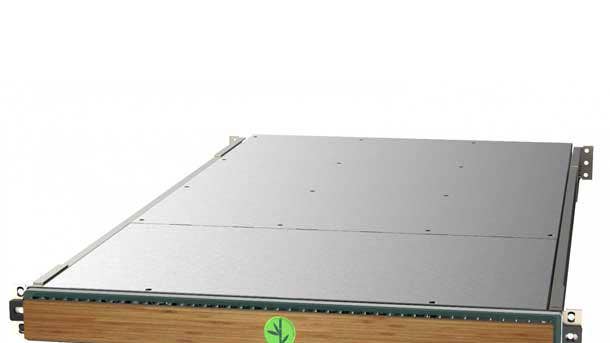
Bamboo Systems B1000N
Bamboo Systems’ new Arm-based B1000N servers are based on its Parallel Arm Node Designed Architecture (PANDA). PANDA-based servers use embedded systems methodologies designed to run modern microservices-based workloads while consuming minimal energy and delivering the density needed for high throughput computing. Each B1000N system can be configured with either one or two blades in 1U, with each blade containing four compute nodes and a nonblocking embedded L3 switch exposing dual 40-Gbit QSFP uplink ports.
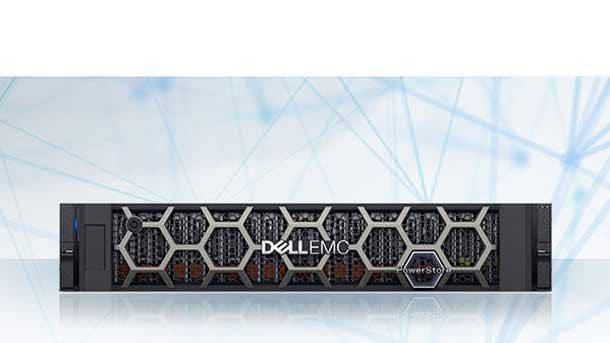
Dell Technologies PowerStore
Dell Technologies recently launched its new midrange all-flash PowerStore platform, a container-based architecture built from the ground up. With built-in machine learning and automation, PowerStore is a programmable infrastructure that streamlines application development with VMware integration and support for orchestration frameworks including Ansible, VMware vRealize Orchestrator and Kubernetes. PowerStore is seven times faster and has three times lower latency response times compared with Dell’s Unity XT, due to end-to-end NVMe design and support for Intel Optane storage-class memory.
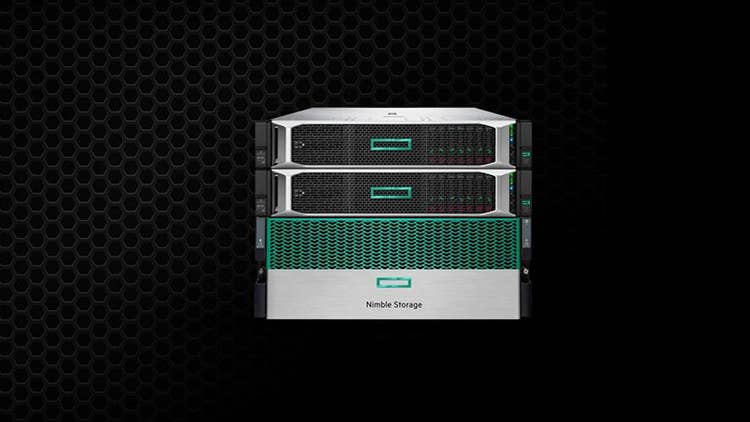
HPE Nimble AF60/AF80
Hewlett Packard Enterprise doubled the performance of its Nimble storage platform by adding storage-class memory cache to its AF60 and AF80 all-flash arrays without increasing the price tag. HPE Nimble Storage is architected with a cacheaccelerated file system that optimizes performance in hybrid configurations. The architecture has been optimized for storage-class memory cache with SSD persistent storage.
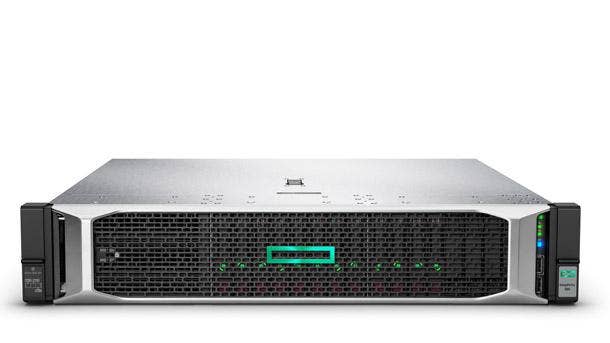
HPE SimpliVity 325
HPE’s revamped SimpliVity 325 hyperconverged infrastructure includes a new second-generation AMD EPYC processor, which doubles the virtual desktops supported per node from 300 to 600. The processor features up to 64 cores and can lower VMware software licensing costs. The high-density HPE SimpliVity 325 with a 1U form factor is geared toward virtual desktop infrastructure use cases, providing businesses a 50 percent lower cost per remote worker.
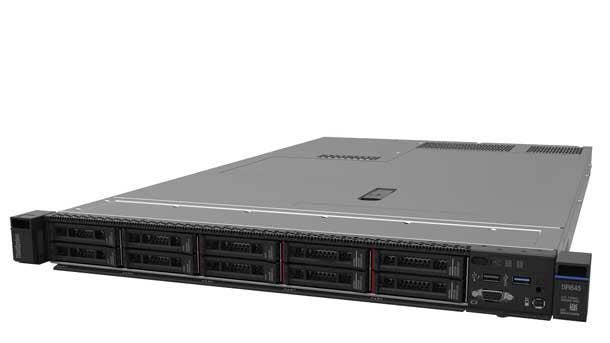
Lenovo ThinkSystem SR645/SR665
Lenovo launched new two-socket server platforms, with the ThinkSystem SR645 and ThinkSystem SR665 tailor-made to handle the explosion of data around critical workloads. The new servers utilize up to two AMD EPYC 7002 CPUs and 128 cores with class-leading memory speed, storage and GPU density. The SR645 is a 1U form factor, while the SR665 is a 2U form factor. Lenovo has increased on-board storage of up to 40 2.5-inch drives or up to 32 NVMe drives.
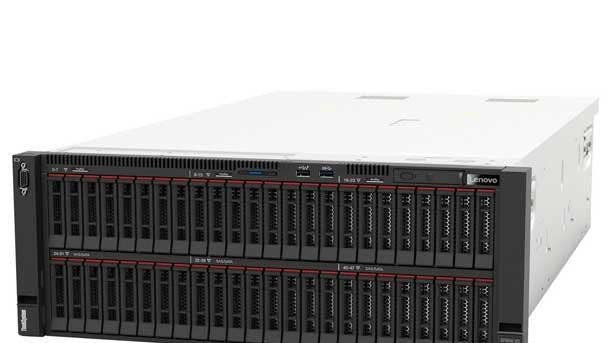
Lenovo ThinkSystem SR860 V2
Lenovo’s new ThinkSystem SR860 server features third-generation Intel Xeon Scalable processors as well as support for the new Intel Optane persistent memory 200 series. The ThinkSystem SR860 V2 server offers GPU support, accommodating four doublewide 300W or eight single-wide GPUs ideal for handling artificial intelligence workloads, virtual desktop infrastructure deployments and data analytics. The system includes on-board storage from 24 to 48 2.5-inch drives, improving the rate at which data can be consumed and boosting performance for data-intensive applications.
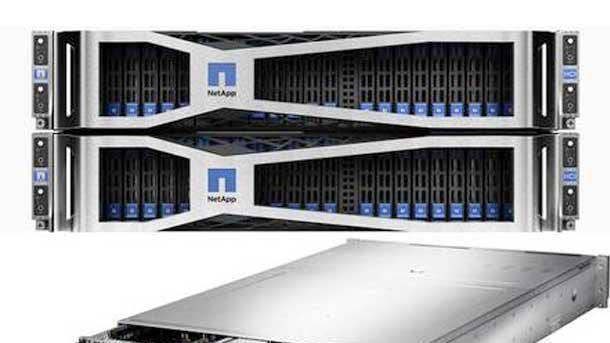
NetApp HCI 2 Node
NetApp recently launched its hyperconverged HCI 2 Node line, optimized for the edge. The NetApp HCI 2 Node, which has the same architecture and management capabilities of the original NetApp HCI product line, starts with a single chassis with two storage nodes and two compute nodes. This compares with the original NetApp HCI line where the most common starting point was two compute nodes and four storage nodes.
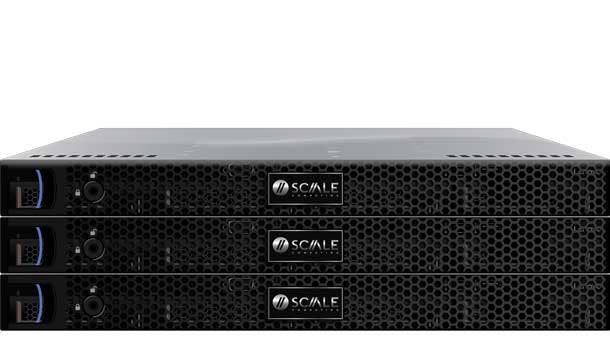
Scale Computing HC3-250DF
Scale Computing unveiled the first of a new class of its flagship HC3 hyperconverged infrastructure appliances with the launch of the HC3-250DF, designed to enhance support for performance-intensive use cases such as database analytics and high-density virtual desktop infrastructure deployments. The new HC3 appliance features intelligent automation for self-healing and high availability to keep clusters running through component and appliance failures, as well as integrated disaster recovery capabilities to protect data and workloads to remote sites for fast failover and recovery.
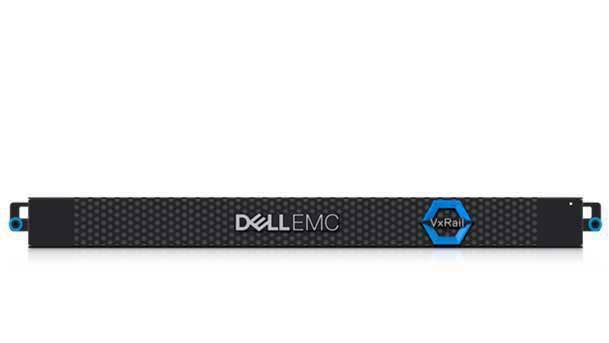
Dell Technologies VxRail D-Series
The Dell Technologies and VMware jointly engineered VxRail D-Series is the company’s first ruggedized hyperconverged infrastructure targeting edge environments. The compact VxRail D-Series is only 20 inches deep and is designed for the edge to withstand extreme temperatures, sustain 40G of operational shock and operate at an elevation of up to 15,000 feet. The D-Series is Dell’s smallest and lightest HCI system.
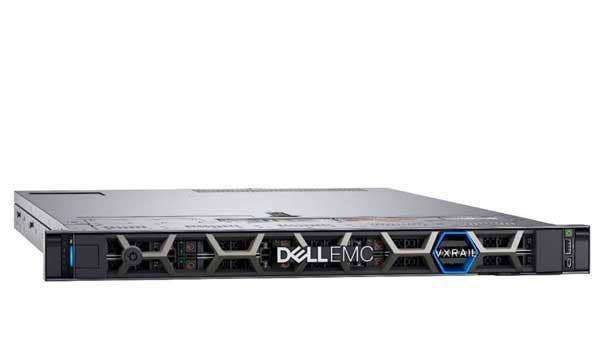
Dell Technologies VxRail E-Series
VxRail is the worldwide market-leading hyperconverged product, making Dell and VMware’s launch of the new VxRail E-Series with AMD-based processors huge news. The VxRail E-Series includes second-generation AMD EPYC processors that offer customers up to 64 high-performance cores and support for PCIe 4, ideal for high-performance computing power in a single socket platform for edge environments.